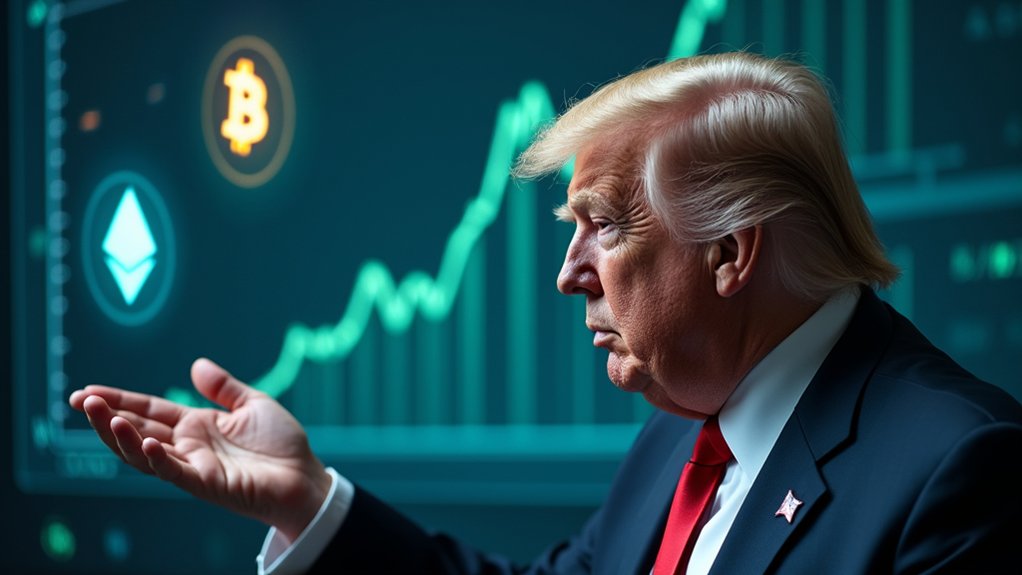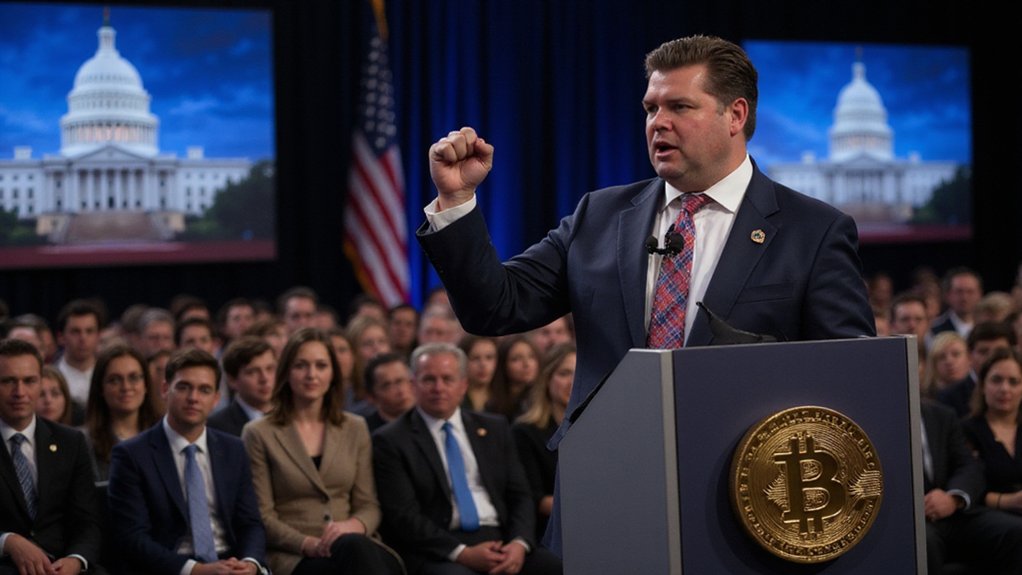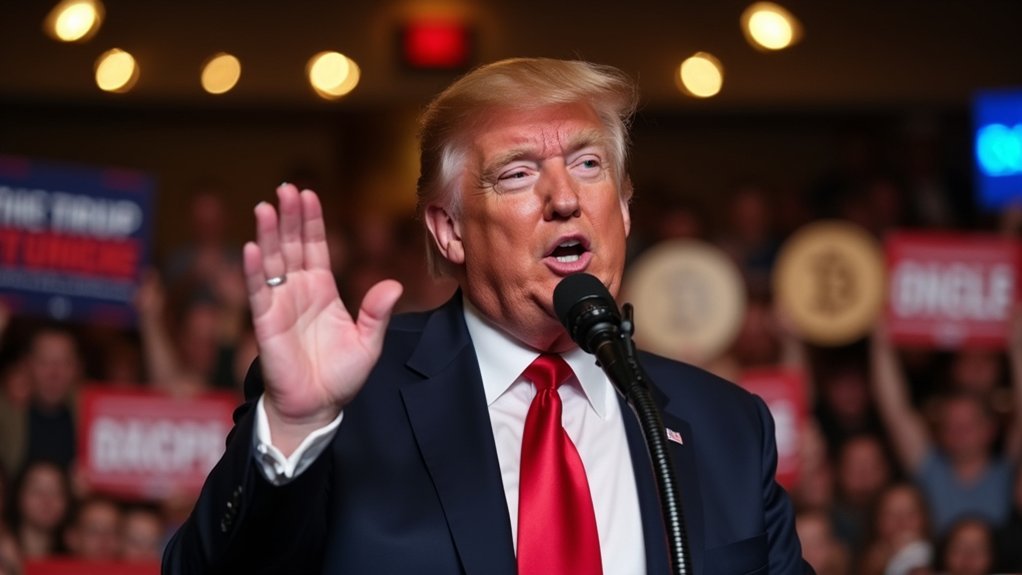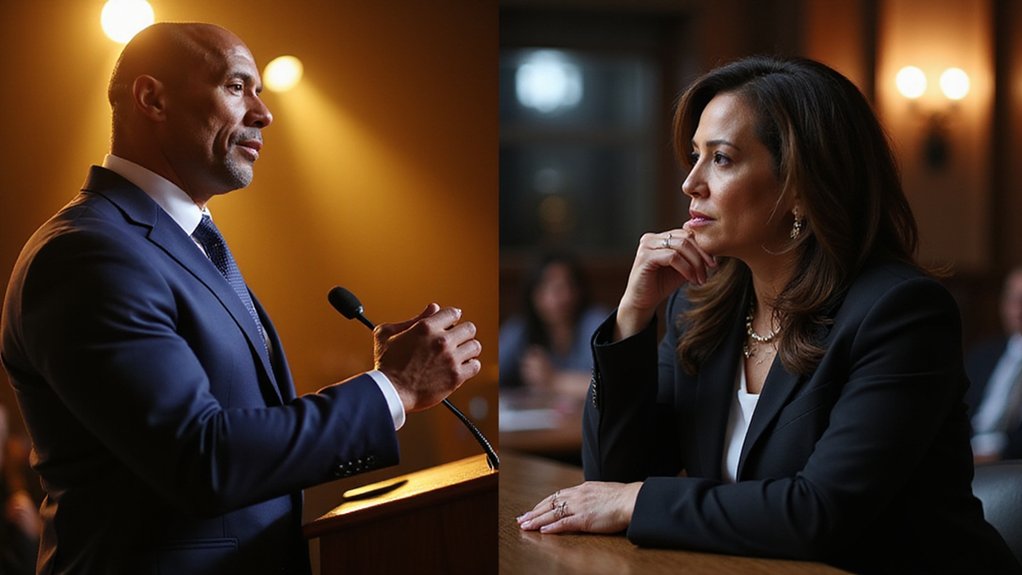How quickly fortunes can shift in the regulatory landscape. In just over three months since taking office, the administration has orchestrated what many industry insiders are calling a seismic realignment of America’s approach to digital assets. The January 23rd Executive Order—with its unmistakable emphasis on “responsible growth”—signaled an abrupt departure from the enforcement-heavy stance that had characterized the previous four years.
The appointment of venture capitalist David Sacks as Crypto Czar represents more than mere symbolic positioning; it establishes a power center explicitly designed to counterbalance traditional regulatory impulses. The interagency working group under his chairmanship has already begun dismantling what supporters termed “innovation-stifling” policies, while critics worry about potential oversight gaps in an increasingly complex marketplace. The working group must submit a comprehensive regulatory framework report within 180 days of its formation. This initiative seems designed to address the industry vulnerabilities exposed by the Mt. Gox collapse that resulted in the loss of approximately 850,000 Bitcoins in 2014.
Perhaps most striking is the March 6th establishment of what can only be described as a cryptocurrency Fort Knox. The government’s existing 207,000 Bitcoin holdings (valued at approximately $17 billion) form the cornerstone of this strategic reserve, which will—rather remarkably—expand to include Ether, XRP, Solana, and Cardano. The budget-neutral mandate guarantees this stockpile grows without additional taxpayer burden, largely through forfeitures and strategic market acquisitions. Earlier disposal of government-held bitcoin resulted in a massive $17 billion loss to American taxpayers, a mistake the administration has vowed not to repeat.
The federal crypto vault grows beyond Bitcoin, signaling a strategic pivot toward digital asset dominance on budget-neutral terms.
Institutional players have responded predictably, with liquidity metrics surging as regulatory uncertainty diminishes. Stablecoins, once regulatory pariahs, now enjoy Treasury Department endorsement, while exchanges scramble to align with emerging federal standards. The 30-day crypto inventory mandate across federal agencies has revealed previously undisclosed holdings, centralizing asset management under Treasury oversight.
Congressional action remains the missing puzzle piece in this rapidly evolving landscape. Without legislative frameworks addressing tax treatment, banking integration, and consumer protections, these executive actions exist in a precarious state—potentially reversible by future administrations. Meanwhile, the global positioning strategy is clear: America is staking its claim in the digital asset race, simultaneously rejecting CBDCs while embracing private alternatives as instruments of both economic and geopolitical leverage.









